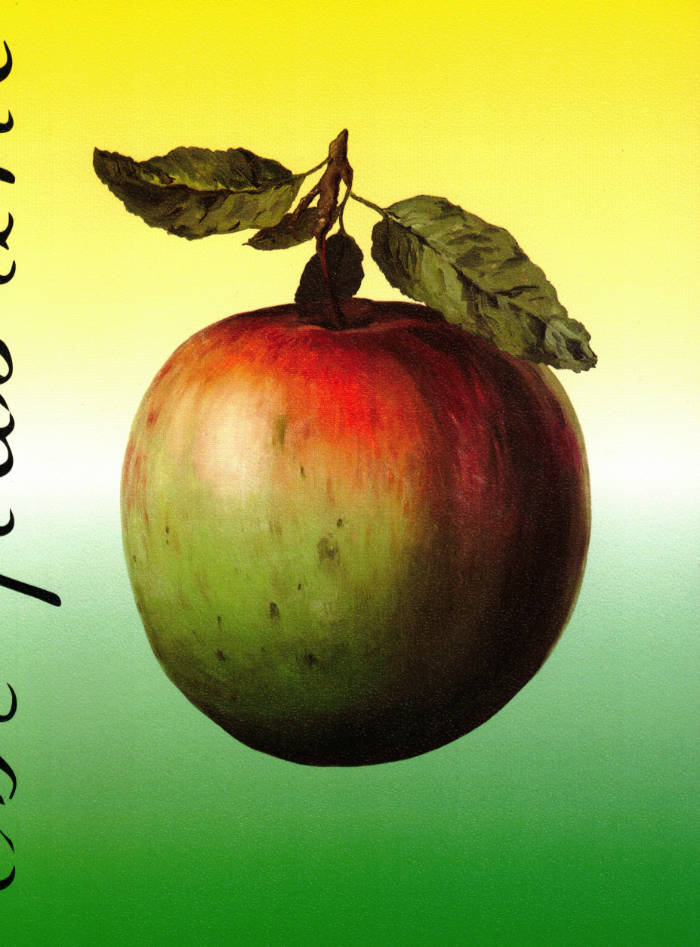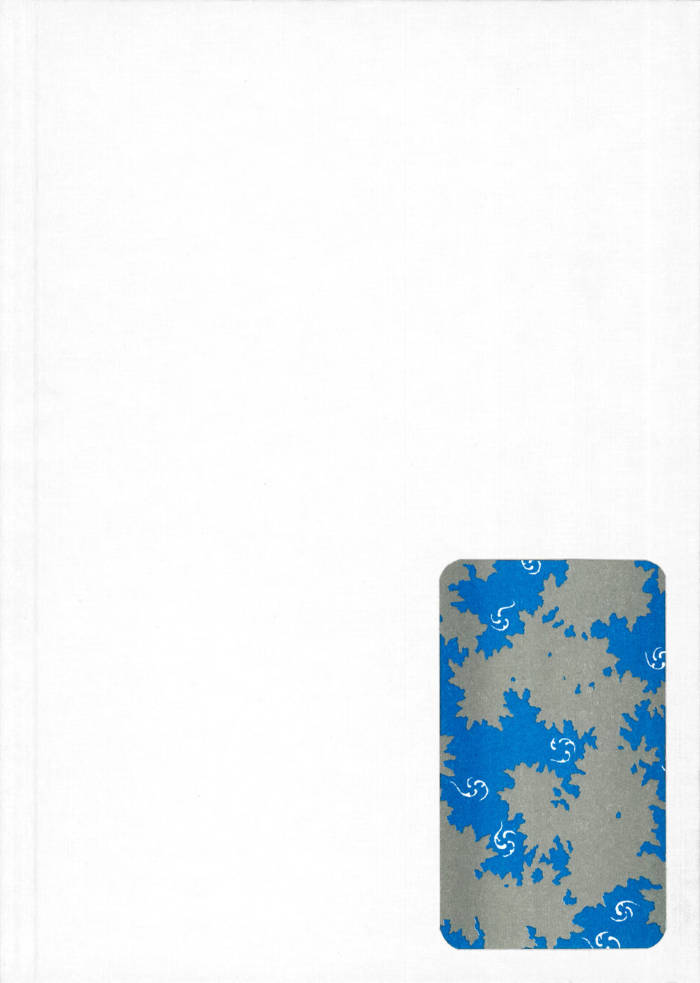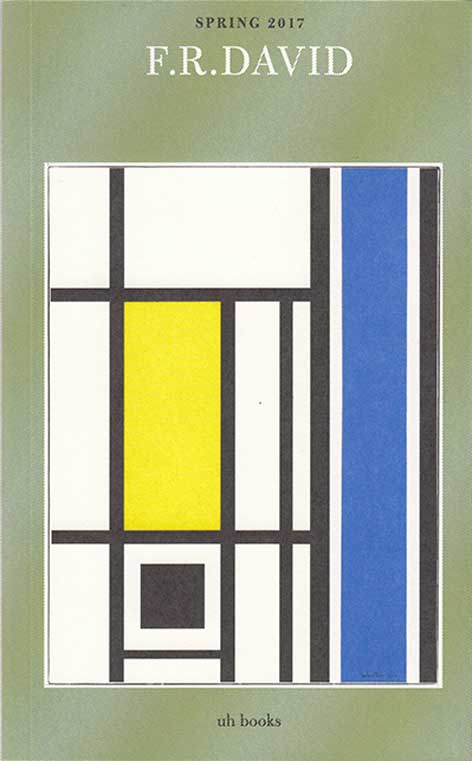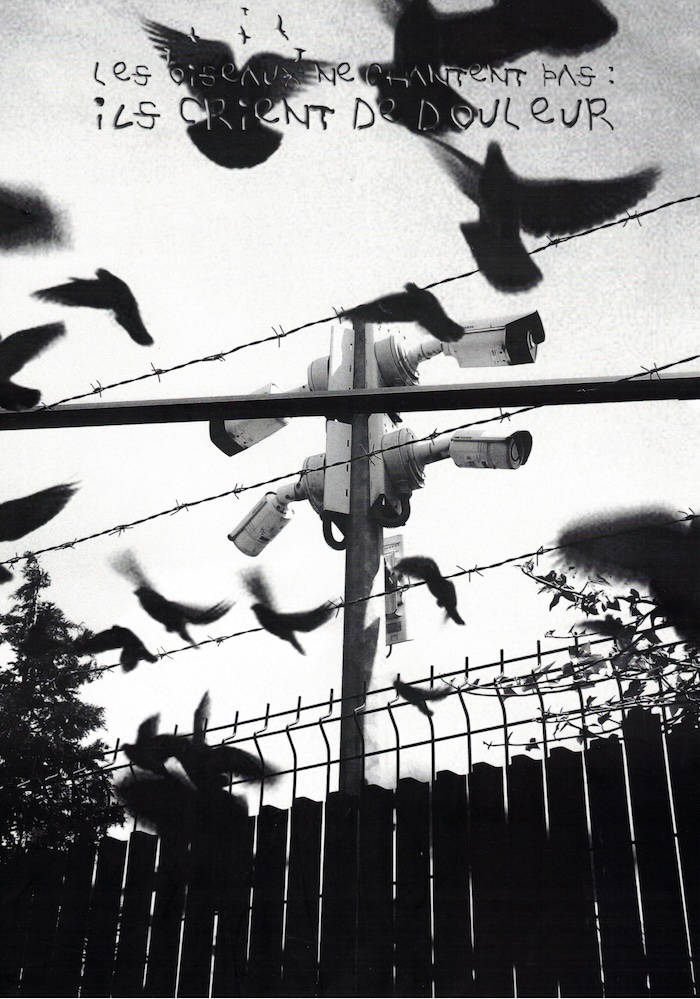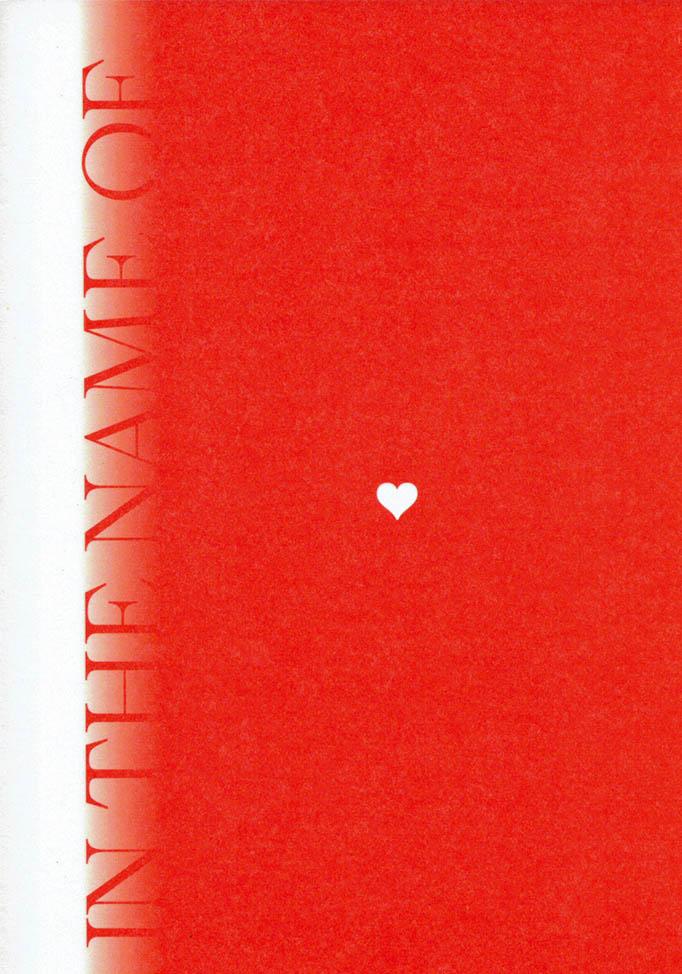
In The Name of Love
Who claims love?
The benign and seemingly innocent heart symbol hides a much more complex story than its surface suggests. The heart is often described as a universal symbol for love, yet its history suggests otherwise; it is closer to a corporate and political medium, embedded with contemporary imbalances of class, gender, and race.
This book wishes to reveal the intricacies and problematics surrounding the heart symbol and explores how technological, political and historical dominance has impacted the development of communication and our access to (online) information today.
Language: English
